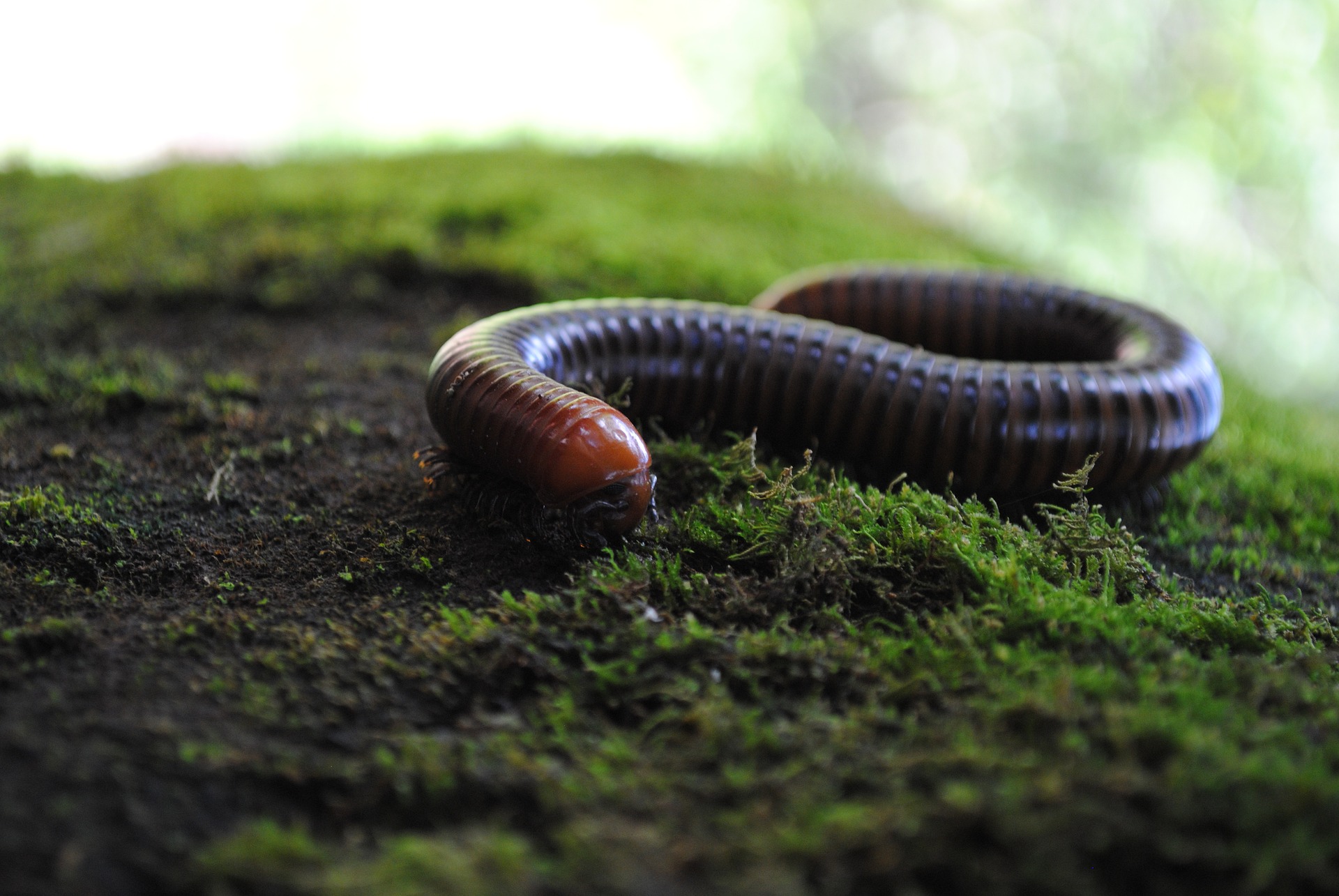
Chapter 2: Diversity of Soil Organisms
Soil is one of the most diverse habitats on Earth. Soil biota includes archaea, bacteria, protists, tardigrades, rotifers, nematodes, acari (mites), collembolans (springtails), worms (enchytraeids and earthworms), macroarthropods (e.g. ants, termites, centipedes, millipedes, woodlice, etc.) and burrowing mammals. It also includes plant roots, fungi and lichens. Root exudates attract a variety of organisms that either feed directly on these secretions or graze on the microorganisms concentrated near the roots, giving this busy environment the name ‘rhizosphere’. There are also beetle larvae, flies and butterflies that use the soil as a temporary habitat to reproduce or to spend their early life stages feeding on different live and dead plant materials until they reach their maturity. All of these organisms are involved in creating and maintaining the soil structure and providing essential ecosystem services for humans (such as regulating greenhouse gas emissions or preserving water quality).
One of the main challenges that soil conservation faces today is the lack of awareness of the ecological importance of soil biodiversity. This chapter will open your eyes to the enormous variety of soil organisms (both in size and species numbers) that live under your feet!
























